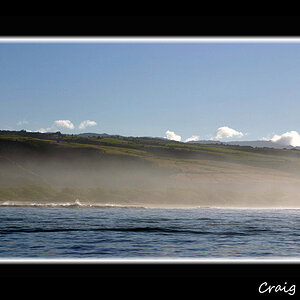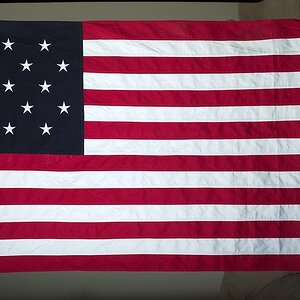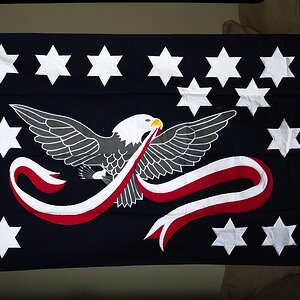GerryDavid
No longer a newbie, moving up!
- Joined
- Sep 18, 2003
- Messages
- 1,221
- Reaction score
- 9
- Location
- Virginia
- Can others edit my Photos
- Photos NOT OK to edit
This may sound like a very basic question, but I was wondering how you matte a picture to get it ready to be framed or to sell just as a matted print.
I asume you start off with printing the photograph you want to matte. Another assumption is that it can be on any paper, preferably one meant for photographs.
And to go from there, I dont have a clue. :0). Any advice would be appreciated.
I asume you start off with printing the photograph you want to matte. Another assumption is that it can be on any paper, preferably one meant for photographs.
And to go from there, I dont have a clue. :0). Any advice would be appreciated.


 bottom weighting the matte, and especially for square format is extremely effective.
bottom weighting the matte, and especially for square format is extremely effective.![[No title]](/data/xfmg/thumbnail/41/41821-2e92de82ffc4cd2d520a8fa10fb8b6a5.jpg?1619739905)

![[No title]](/data/xfmg/thumbnail/37/37540-73002ccb910b97978bc38658622a34d3.jpg?1619738133)


